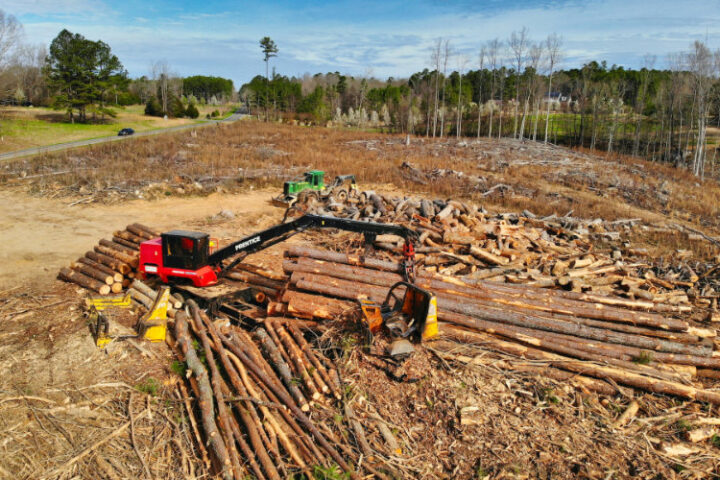Island of trash discovered in Pacific 1,000 miles off California coast

Researchers have discovered a mass of garbage floating in the ocean a thousand miles west of California and a thousand miles north of Hawaii.
The mass is made up of fishing gear, nets and buoys that are believed to have come from the 2011 tsunami that devastated parts of Japan. Since then, it has collected more detritus and has become so compact and large that researchers were able to stand on it in places.
“It’s 80 feet long. It’s about 30 feet across in some places. If you were looking down from above, it would look like an island floating in the middle of the ocean,” said Marita Francis, executive director of Algalita, a non-profit organization that studies plastic pollution.
Francis says it’s the first time her organization has seen something like it. The island is located within a gyre — a spot in the ocean where currents meet up and garbage tends to congregate.
Fifteen years ago, Algalita researchers discovered that the gyre had developed an area of water that has become a collection ground for trash. The area has come to be known as the Great Pacific Garbage Patch, and some estimates put the patch as the size of Texas.
Researchers spent two days at the site of the trash island, studying its movements and the rate at which it collected material. Some of the materials had become habitat for sea life.
Francis said they discovered the island of trash last week. It may drift east towards California before catching currents that could send it south towards Baja and eventually back west.
Francis said the researchers, who were on their way to monitor the garbage patch, saw more instances of garbage on this trip than ever before.
“On this expedition, they’ve seen more debris in the ocean than they’d ever seen before,” Francis said. “The fact that in 15 years it’s not getting better – there’s not less debris – is of concern to scientists, and it should be a concern to the public.”



